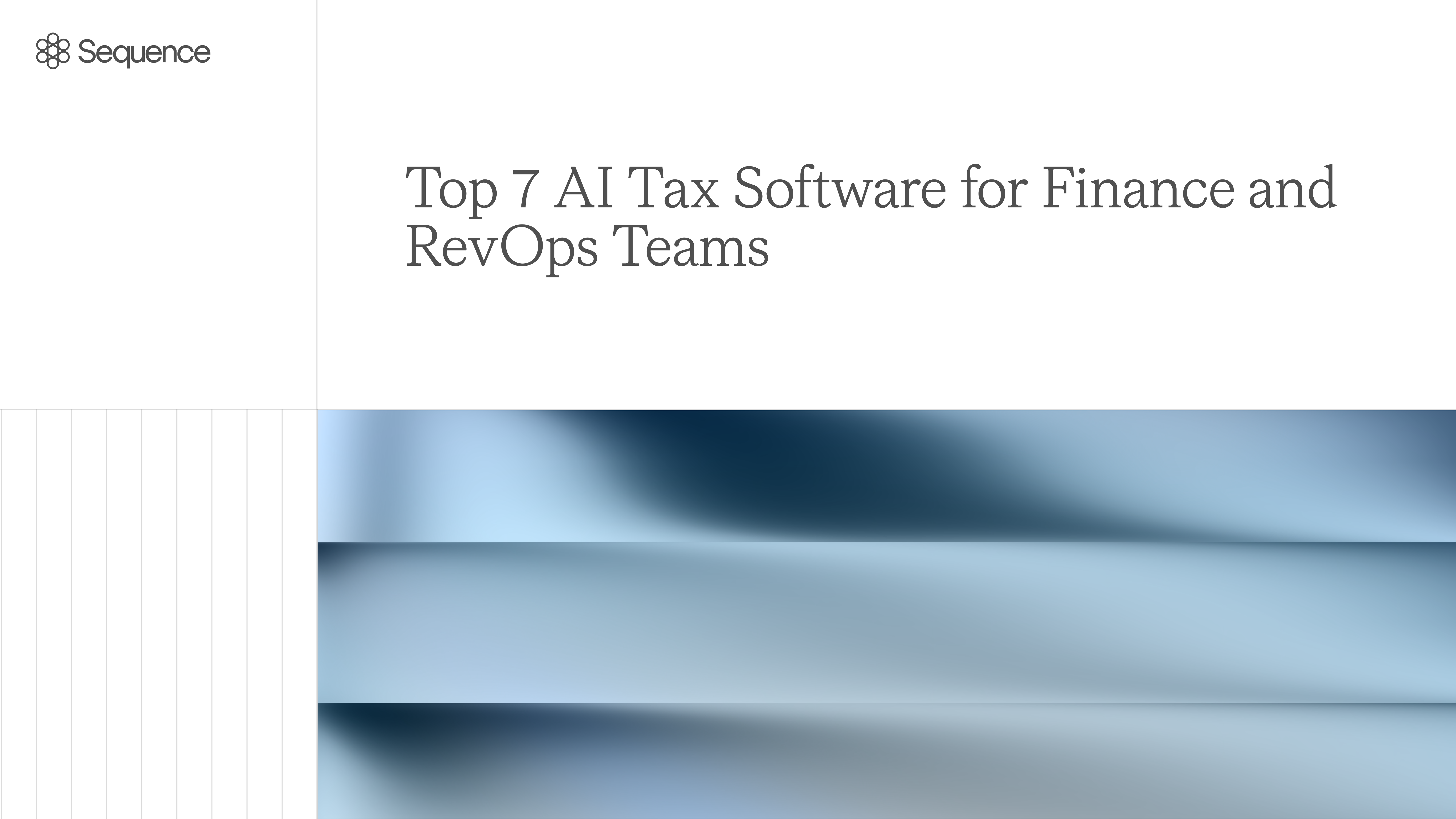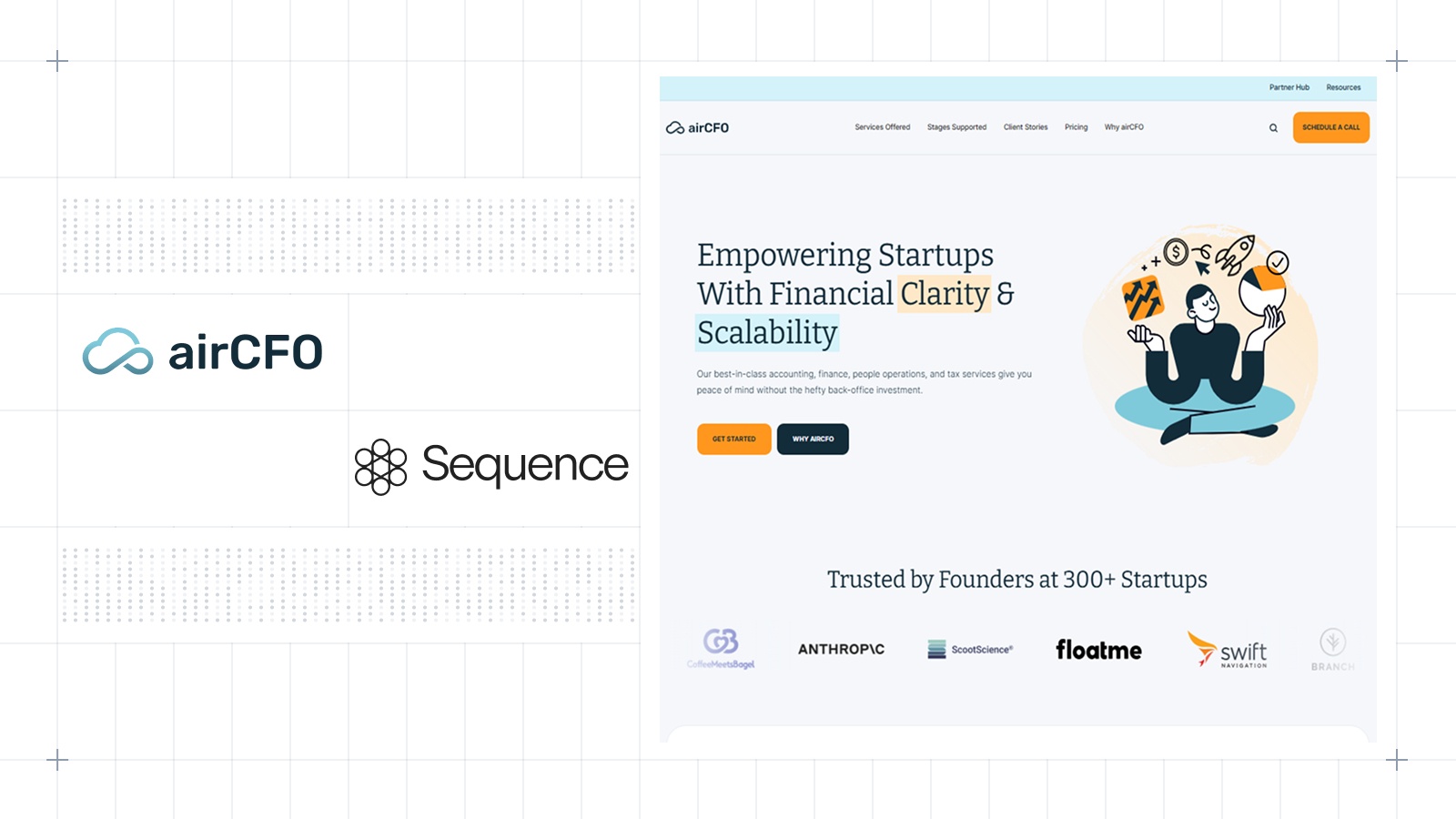Riya Grover
Revenue reporting with usage-based pricing
We surveyed B2B SaaS CFOs to uncover how companies manage revenue reporting with usage-based pricing. From upfront commitments to embracing variable revenue, explore the strategies SaaS businesses are using to navigate unpredictable income.

There has been widespread adoption of usage based pricing models. Today approximately 80% of SaaS companies either have or plan to adopt usage based pricing, typically as part of a hybrid pricing strategy in combination with other pricing models (e.g. subscription or seats/licences).
Usage based pricing is typically leveraged to drive more revenue across an existing product base, to price new products and to drive better alignment with how customers get product value. This model is often perceived as fair and transparent by customers, as they only pay for what they use, which can lower the barrier to adoption. This can also help to maintain margins in cases where the cost layer is priced based on usage. For example, with cost structures in AI infra evolving rapidly, usage based models allow companies selling AI based products to adapt their charges and maintain cost plus margins if usage far exceeds what they anticipated. Prepaid credits provide a way to capture upfront revenue and prevent unexpected usage surges, and thresholds enable companies to mitigate the risk of fraud.
Infrastructure challenges
However, the adoption of UBP requires a new set of infrastructure to implement successfully, with implications on contract creation, billing, invoicing, feature entitlements, reporting and revenue recognition. More so the inclusion of usage based pricing makes revenue less predictable and business planning more complex.
The blog post discusses the revenue reporting challenges and approaches for SaaS companies that use usage-based pricing models, where traditional SaaS metrics like Annual Recurring Revenue (ARR) are less straightforward. Unlike fixed subscription models, usage-based products have revenue that varies over time, making it harder to predict and measure using standard metrics.
Usage based companies need a new playbook on SaaS revenue reporting
Standard SaaS metrics are designed for traditional subscription businesses. The cornerstone metric is ARR, intended as a fixed number per contract that changes only through upgrades/downgrades. For usage-based products, recurring revenue is unknown upfront and varies over time (often with strong seasonality), which makes it more ambiguous and harder to reason about.
Two possible approaches to revenue reporting
1) Switch from pure usage-based pricing to an upfront commitments + overages model
This lets you partially trade- off the direct link between usage and charge in favour of better revenue predictability. This can take various forms – monthly minimums, credit grants or usage bundles. These models reduce the percentage of your revenue that is variable month on month, sometimes to the point where it’s reasonable to omit it entirely from your revenue metrics and define ARR in the traditional sense, based just on contractually recurring charges.
2) Embrace the complexity of usage-based pricing
Drop the idea of recurring revenue in the strict sense (i.e. contractually recurring) and instead craft a metric that fairly captures the amount of repeatable revenue that your business is predictably generating. Rather than trying to adhere to a specific definition, focus on giving business leaders and investors a clear picture of the business.
- There is no single right approach, every business is different (e.g. seasonality is more important for some businesses than others).
- For ARR, it can be as simple as taking the revenue from the last month and annualising it, or as complex as a bespoke data science model that forecasts revenue based on usage trends with seasonality adjustments.
- To estimate ACV for new contracts, common approaches are benchmarking against similar customers or asking the new customer to provide an expected level of usage.
Surveying the community
We surveyed the CFO community in companies with usage-based pricing to understand how they are managing revenue reporting today. Here's a breakdown of our findings:
Usage-based pricing is a key revenue driver
We surveyed a fairly even distribution of companies based on the percentage of revenue that is usage-based:
- 28.5% of companies say under 10% of their revenue is usage-based
- 43% of companies say up to 50% of their revenue is usage-based
- 28.5% of companies say more than 50% of their revenue is usage-based
Defining ARR/ACV when pricing includes usage-based elements
The approach to defining ARR (Annual Recurring Revenue) and ACV (Annual Contract Value) changes significantly based on the percentage of revenue that is usage-based:
- Companies with under 10% usage-based revenue:
- 75% only include fixed-recurring components in ARR/ACV calculation.
- Companies with up to 50% usage-based revenue:
- 66% include fixed-recurring components.
- 34% use estimations to include usage-based components in their revenue metrics.
- Companies with over 50% usage-based revenue:
- All surveyed companies include usage-based components in their revenue metrics.
- Methods are evenly split:
- 50% use predictive models trained on historical data.
- 50% use recent usage figures or customer-provided estimates.
Different methods to account for usage-revenue in ARR
For companies that do include usage-based revenue in their metrics, there is a wide range of methods used:
- 43% use predictive models based on historical data.
- The rest are split evenly between:
- Using recent usage figures for each customer.
- Dropping the concept of ARR entirely.
Riya Grover
Related articles

Top 7 AI Tax Software for Finance and RevOps Teams
Today’s scaling SaaS companies are dealing with sales tax thresholds in the US, VAT requirements across Europe, and digital services taxes cropping up everywhere. The traditional way of managing indirect tax—spreadsheets and manual filing-–doesn’t hold up to this complexity. AI tax software is changing that. These programs don’t just calculate the right amount of sales tax or VAT to collect, they predict where your business will trigger nexus, take care of tax filing and payment, and handle cross-border compliance without manual work. These AI-powered tools are a fit for every tax use case.
Donal McKeon

How airCFO helps startups build scalable back office operations: Lessons from 200+ early-stage companies
Most founders treat their back office as an operational necessity. Alex Wittenberg and his team at airCFO turn it into a competitive advantage. After supporting 200+ early-stage VC-backed startups, airCFO has identified the patterns that separate companies with scalable financial operations from those constantly fighting fires. We spoke with Alex about the mistakes that create operational debt, the tooling decisions that matter at each stage, and how AI is changing what finance teams actually do.
Enda Cahill

The Fractional Finance Playbook: Lessons from 20+ Years of Scaling Startups
Frank Mastronuzzi has guided hundreds of fast-growing companies through their most critical financial decisions at Punch. His firm focuses exclusively on helping AI and SaaS companies navigate from zero to $100M ARR, with deep expertise in the specific challenges that emerge at each growth stage.
Enda Cahill